GUEST POST! The Power of Mindfulness: Practical Tips to Help Children Feel Safe and Secure
April 14, 2020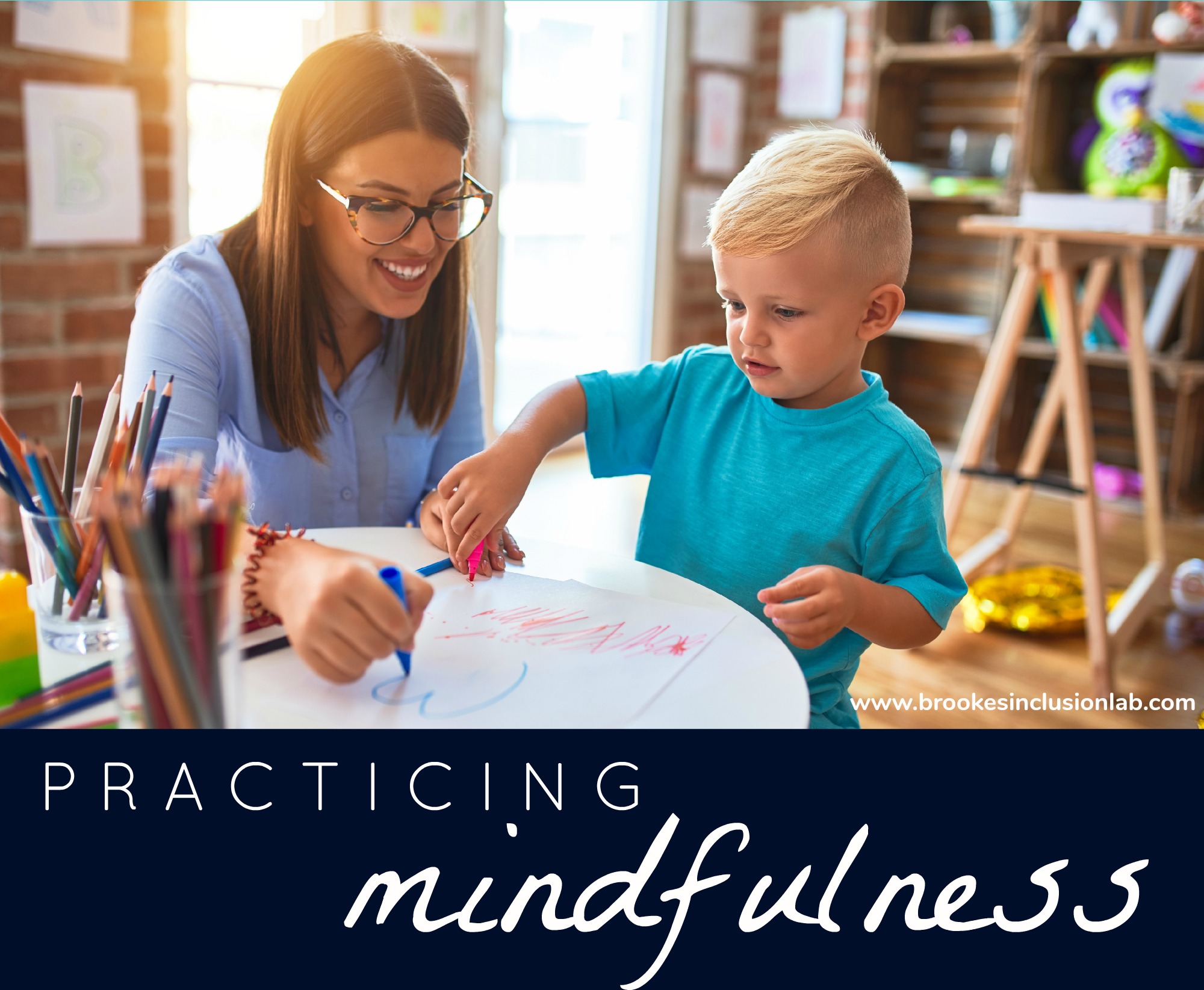
Today we’re excited to welcome a special guest to the blog to talk about a timely and important issue: mindfulness, and how to harness its power to help the children you work with and care for feel safe and secure. It’s such a critical issue, and early childhood expert Dr. Kristie Pretti-Frontczak is supremely qualified to talk you through some practical strategies that can help.
 Kristie just presented a great Early Childhood Investigations webinar on this topic, sponsored by Brookes. (Did you miss the webinar? You can sign up to watch the recording here.) Using her presentation as a jumping-off point, Kristie shares some helpful Mindfulness Safety Tips in today’s guest post—and then offers some wise words from her fellow professionals and friends.
Kristie just presented a great Early Childhood Investigations webinar on this topic, sponsored by Brookes. (Did you miss the webinar? You can sign up to watch the recording here.) Using her presentation as a jumping-off point, Kristie shares some helpful Mindfulness Safety Tips in today’s guest post—and then offers some wise words from her fellow professionals and friends.
Read on for some tips you can use right away to embed mindfulness into your daily routines!
***
I have three T-shirts that I love. One reads, “Be Present,” another reads, “Mindfulness,” and the third reads, “Curiosity.”
I think I love them so much because they all embody what is possible when I’m able to be self-aware, and at the same time, attentive and responsive to the needs of others.
Basically, they speak to my ability to “notice” what is happening inside and around me without reacting, judging, or overthinking things.
Mindfulness, in particular, embodies this idea of noticing.
Whether I’m working with early care and educational professionals, with families, or with children, mindfulness, for me, speaks to my ability to notice what is going on inside of me and around me.
Others define mindfulness using the following concepts:
- awareness without judgment
- taking time to nourish life-giving thoughts and actions
- allowing your mind to be “full” in the present moment
- paying attention on purpose
And as it seems with all things that are “good” about being human, we learn mindfulness from the minute we are born. We learn mindfulness through our supportive interactions with responsive and trustworthy caregivers.
But in today’s climate of uncertainty, working and living at a breakneck pace, and having little time to appreciate being in the moment as we juggle competing demands, mindfulness can sometimes feel out of reach. Those of us in caregiving roles…struggle to be mindful.
So in this blog post, I’m unpacking three mindfulness tips shared during a webinar I facilitated through Early Childhood Investigations Webinars, that was sponsored by Brookes Publishing. In the webinar, I explore how all caregivers (parents, teachers, and therapists) can embed mindfulness into their daily routines to meet the needs of children, including those who are on IEPs and those who may struggle with self-regulation skills (i.e., struggle to manage stressors, direct their attention, or process big emotions). I also share how mindfulness strategies extend the zone of optimal learning for all children and support early brain development.
In the webinar, I build upon the work of Drs. Dan Siegel and Tina Payne Bryson (authors of The Power of Showing Up) by applying their framework of four S’s, which include making sure children are safe, seen, soothed, and have secure attachments through mindful interactions. This framework ensures that children not only survive, but thrive in school and in life.
The following three tips were taken from a collection of six mindful ways caregivers can help children feel safe. (See the chart below for all six mindfulness strategies that help children feel safe.) These mindfulness “safety tips” are critical because as caregivers and educators, we have a responsibility to ensure that children are protected from harm and that we are not the source of fear or threat.
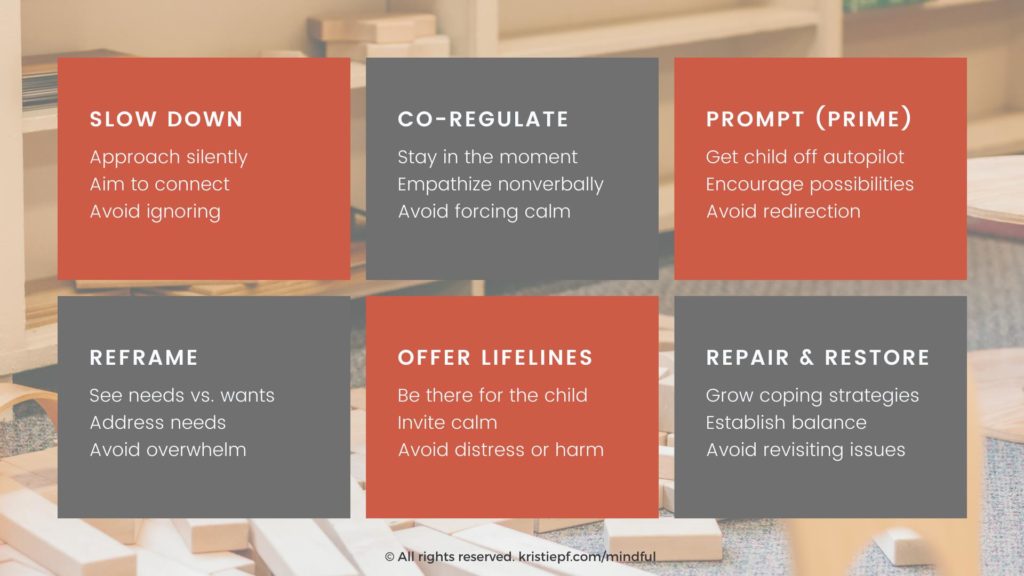
Mindfulness Safety Tip #1: Slow Down
This is actually the hardest tip put into practice…or even write about. I tend to think quickly, talk quickly, and take action quickly. But when I slow down, particularly when I’m faced with resistance by staff or when a child is doing something that “pushes my buttons,” I can aim to connect first…even though my “go to” would be to talk a lot, have a reaction to the situation, and/or take quick action to solve or fix something.
By slowing down, I can notice what is going on for them and for me. I can notice what they need and what I’m worried or feeling anxious about. Slowing down also lets me notice what my non-verbals are communicating. Slowing down allows me to notice what my posture, tone, and even my pace are “saying.” For example, are they saying, “You are safe, and I’m here to help”? Or are they saying, “Hurry up and do what I need you to be doing right now”? Slowing down lets me send signals that they are safe, and ensure I’m not causing them to feel fear or see me as a threat.
Mindfulness Safety Tip #2: Prompting and Priming
Prompting (or sometimes called priming) is when we encourage others to consider possibilities and notice potentials. Laura Fish describes the prompting/priming strategy as “allowing children to consider and plan their play as it unfolds…taking children off autopilot and inviting them to access the decision-making centers of the brain.”
For me, a helpful way to think about this strategy is in three steps:
- I pause….meaning I don’t jump right in and say or do something.
- I notice what the child is trying to communicate or what emotions and information they are trying to process.
- I make a statement that invites discovery of the “why” behind the behavior. For example, I might say, “I wonder what you need,” or “I wonder what might happen,” or even “I wonder what you were trying to do.”
By prompting or priming for possibilities we help children (and adults) turn to wonder and be curious…all while feeling safe enough to take a step outside of their comfort zone or what they would do on autopilot.
Mindfulness Safety Tip #3: Offer Lifelines
One of the hardest times to be mindful, at least for me, is when children (or adults for that matter) are engaged in behaviors that are challenging. In those moments, whether they are biting, kicking, resisting, or paying attention to anything but me, I have to notice that they are “outside the zone of optimal learning.” At that moment, I need to notice that it is now my job to create calm in their mind and body so the limbic system registers that it is safe.
To do this, I need to act more like a boat captain who realizes one of their passengers has fallen overboard, rather than a teacher or parent. My job, at that moment, is to offer a lifeline. Lifelines signal that I’m here to connect, not to make them comply. Lifelines create time for them to process big emotions and develop the skills they need to cope and put their own “limbic brakes” on the next time. At that moment, it’s not my job to try to manage their behaviors or focus on compliance.
Here is a short list of lifelines we can mindfully offer to help children feel safe:
- Validate their emotions
- Offer choices that will help them feel calm
- Ask open-ended questions that are aimed toward understanding
- Reduce sensory input by limiting audio and visual input
More Mindfulness Tips & Strategies
Knowing that when we fill up our own cups, we have the ability to give more to the children in our care, I asked a few of my friends to offer their tips on being more mindful. This way, as parents, caregivers, and early educators, we too not only survive, but thrive.
Here are the tips they wanted to share with you!
Alyssa Blask Campbell of Seed & Sew
Journaling as a reflective practice is a great first step to mindfulness. You can notice your trends and triggers. Pay attention to feelings that stay with you without judging them; this could be frustration with a child or disappointment for how part of the day went. When you journal about them you can ask yourself, “What is my inner voice/narrative saying about this trigger?” Getting to your subconscious patterns without judging them or working to change them is a beautiful mindfulness practice.
Sarah Canter, Author of Bad Day Go Away, and Try, Try, Again
Use a variety of mindfulness strategies and self-regulating techniques with children. This will allow them to connect to strategies that resonate within them. In a world that glorifies business and perfectionism, the goal is to teach children that they are human “be”ings and that they can refocus their attention to the present moment any time they need to reset and heal.
Laura Fish of Laura Fish Consulting and Therapy
First us, then them…we need to practice what we teach. If we aren’t mindful, when we attempt to teach mindfulness to children, we are going to find our efforts are hindered.
Jennifer Lopez, Leadership Coach
Give yourself time to reflect on the present reality, while also bringing hope to that reality, by asking questions like, “What’s possible?” Integrate mindfulness practices into your existing daily routines instead of feeling the “shoulds” of adding more to your routine. For example, join kids in coloring, using it as a mindfulness activity that can help both you and the children you are teaching. When making a decision that impacts others, do a “mindful minute.” Close your eyes and imagine yourself as the person you will impact with your decision. Imagine how it feels to be them in this moment. From that perspective, ask yourself what you may need to consider, feel, and think about. Then, when you feel you’re in touch with that impact, make your decision knowing that you placed value on their perspective.
Barb O’Neill, Host of Transform Challenging Behaviors Online Conference
Simply notice your thoughts, emotions, and how your body feels and what happens to your breath when you feel reactive to something, such as a child hitting, spitting, biting, or throwing furniture. Then, as you become more aware of your reactiveness and physiology, you can discover what strategies work best for you to keep yourself calm, in the moment, and responsive rather than reactive. It could be taking some deep breaths, reciting a mantra about who you want to be in the moments of stress, or it could be literally shaking it off to release the energy. But the first step is simply to notice what emotions, thoughts, and physical feelings are coming up for you.
Crystal Pirri of Creative Spiritual Women
Trust your heart in that very moment. There may be a desire for joy that is suppressed because of schedules or fatigue. Go with the joy. There may be inspiration beginning to sprout, but it gets shut down for fear of what someone else might think, or that it’d be too hard to pull off. Allow yourself to be inspired, allow yourself to follow your heart, and allow the joy. You’ll be rewarded with energy and enthusiasm, and your students will too.
Mayra Porrata of The Flourishing Way
Practice seeing each and every encounter, especially the most mundane and irritating ones, with deep gratitude.
***
Thanks so much to Kristie Pretti-Frontczak and her friends and colleagues for sharing their mindfulness tips and wisdom with us today. If you want to dig deeper into mindfulness and learn how to harness its benefits, you can request access to Kristie’s recorded webinar and all of her helpful handouts and resources. You’ll use these tools and strategies again and again to strengthen your relationships with colleagues and families and help the children in your care feel safe and secure.
ACCESS THE WEBINAR REQUEST THE HANDOUTS
About the Guest Blogger
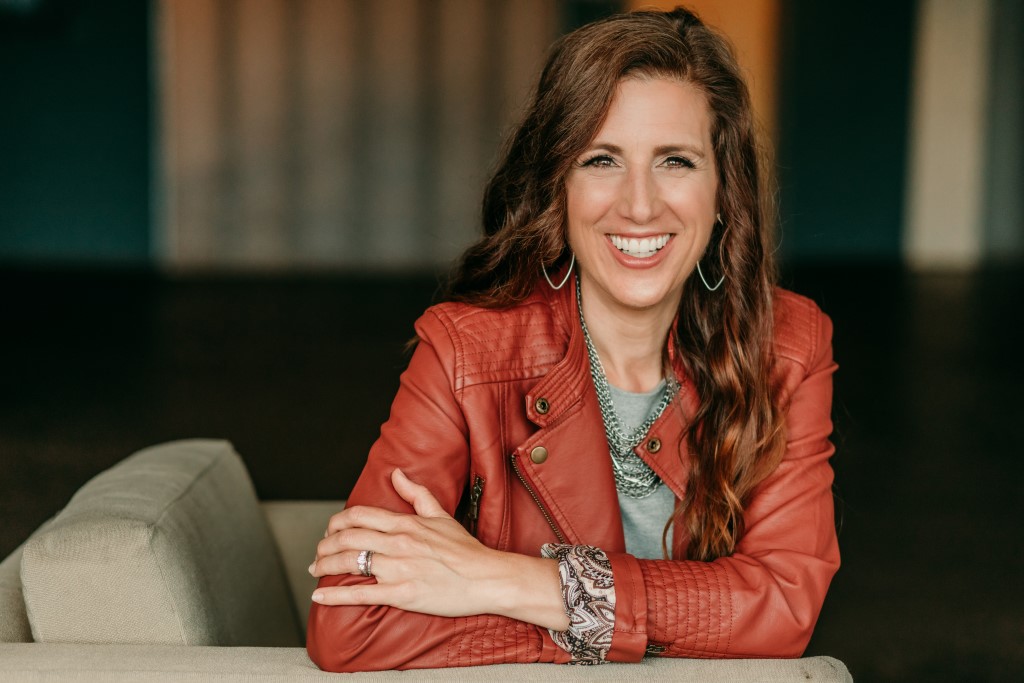 An accomplished author, sought-after consultant, and educator’s educator, Dr. Kristie Pretti-Frontczak spent 16 years as a tenured professor at Kent State University before leaving to lead a {r}evolution in early care and education. Through comprehensive classes, thought-provoking keynotes, and practical resources, she’s guiding educational professionals toward developing their emotional intelligence, reclaiming children’s right to learn through play, and reimagining more inclusive classrooms. She’s also the co-author of several titles from Brookes Publishing, including Assessing Young Children in Inclusive Settings. Learn more on her website and on her Brookes author page.
An accomplished author, sought-after consultant, and educator’s educator, Dr. Kristie Pretti-Frontczak spent 16 years as a tenured professor at Kent State University before leaving to lead a {r}evolution in early care and education. Through comprehensive classes, thought-provoking keynotes, and practical resources, she’s guiding educational professionals toward developing their emotional intelligence, reclaiming children’s right to learn through play, and reimagining more inclusive classrooms. She’s also the co-author of several titles from Brookes Publishing, including Assessing Young Children in Inclusive Settings. Learn more on her website and on her Brookes author page.
Infographic
Check out this infographic on Mindfulness for Students, created by Custom-Writing.org.

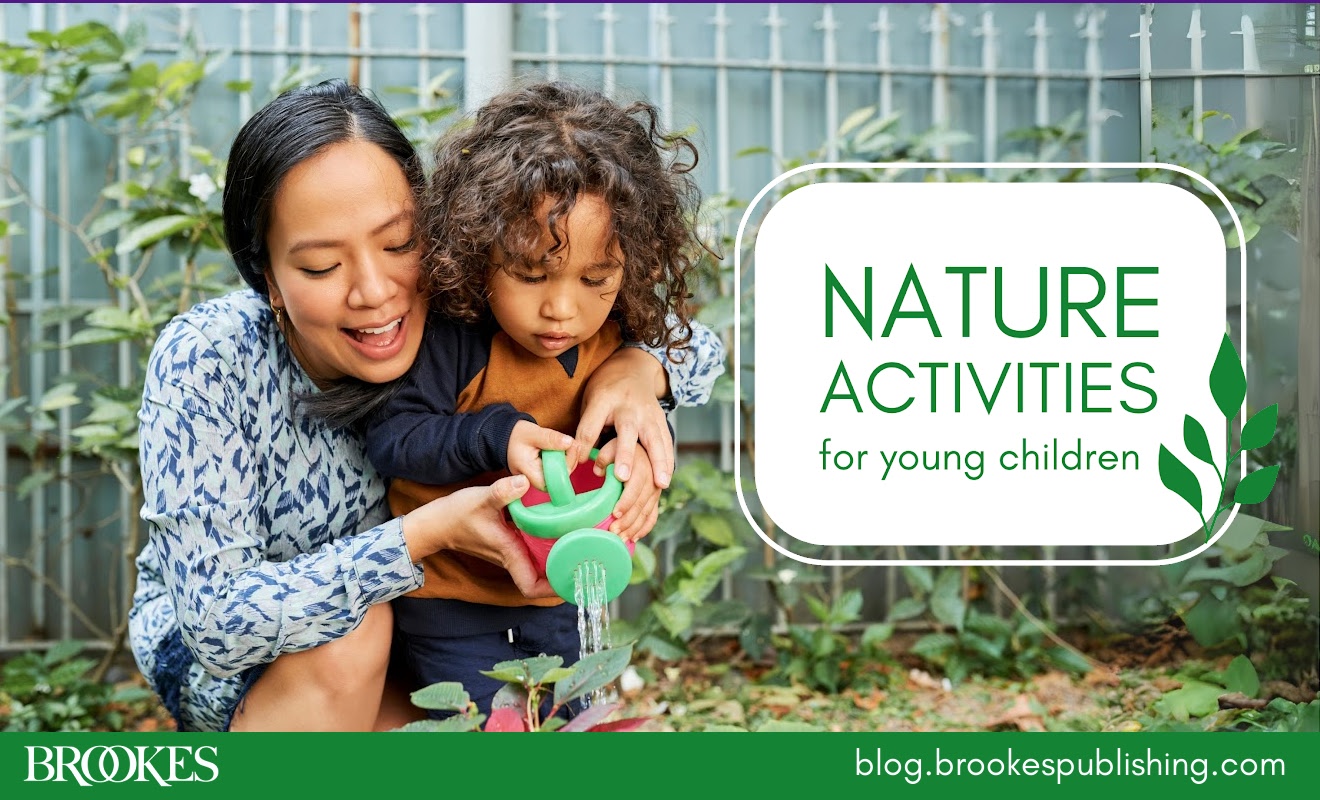
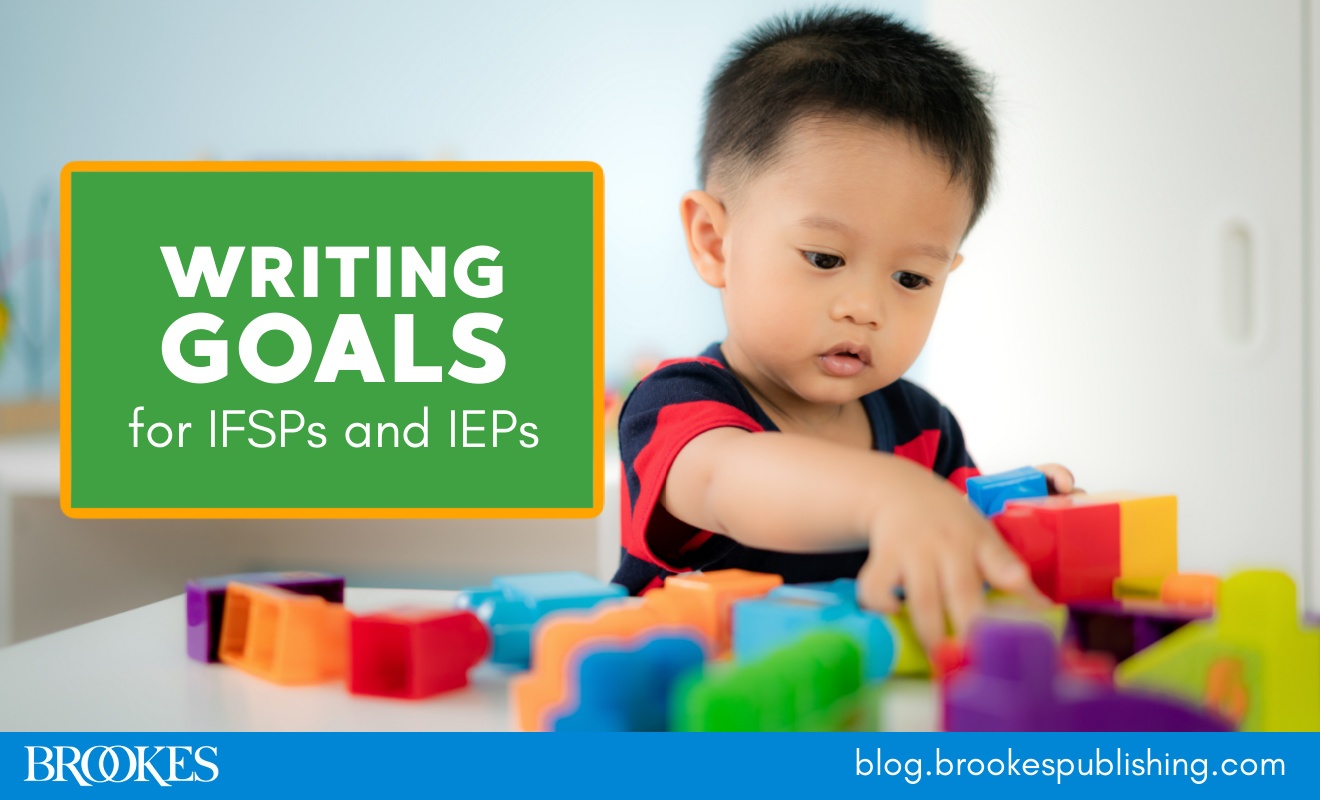

Write a Comment
Your email address will not be published. Required fields are marked *
comments
Patricia L Gresham says
I have spent the majority of my education in Special Eds. This is the first well organize presentations I have ever heard. Thank you for all the required information that you provided.
jlillis says
Happy you found it useful, Patricia! Thank you for commenting!
Fitoru Supplements says
I think the easiest part for us to do at home is by slowing down. Approach silently and our aim to connect. And lastly, avoid ignoring our children because it means a lot to be with them.
Susan J Wilson says
Here are the main tips you should follow
Maintain structure and routine.
Minimize and monitor their access to media violence.
Remind them of all the people looking out for them and protecting them.
Help them realize how strong and capable they are.
Recognize when they need professional help.
Ahmed Jaky says
Greeting of the day,
Myself Ahmed Jaky. I'm a mindfulness promoter. I help people achieve emotional wellness through mindfulness. My approach is supported by modern psychology. I shall be much happy if you allow me to do regular guest posts. Moreover, can we share backlinks?
Sincerely yours.
Ahmed Jaky
zentutee.com
Post a Comment